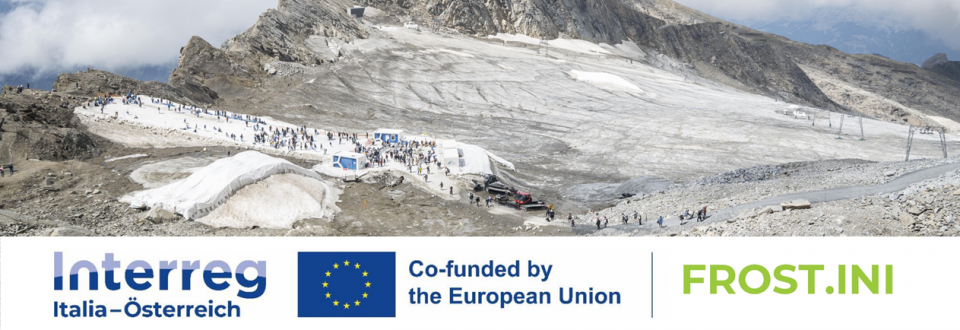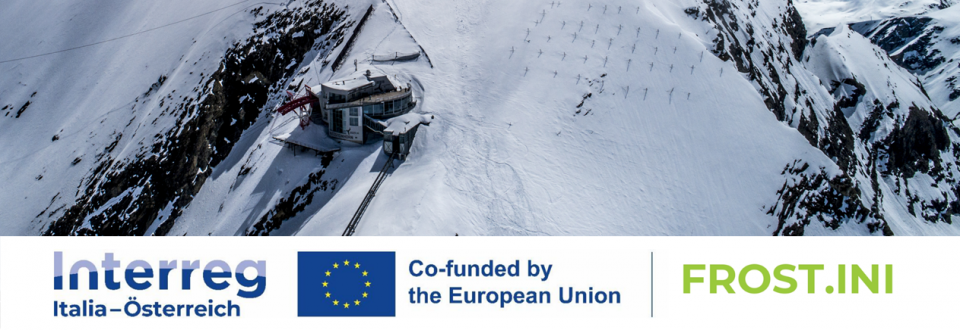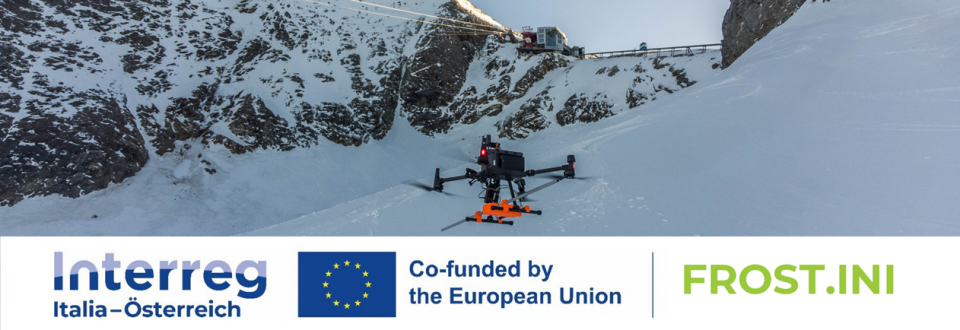Results of the Stakeholder-Survey: Assessing the Needs and Priorities of Local Actors in Permafrost Areas
1. Professional Environment and Field of Activity
The majority of participants work in research or tourism. However, the results reveal a high level of professional diversity: experts from fields such as engineering, infrastructure operations, climate consulting, public administration, mountain sports, forest protection, and science communication were also represented.
Geographically, the participants’ professional activities are primarily based in Germany, Austria, and Italy. Over two-thirds of respondents work in alpine regions (mid- and high-mountain areas) where permafrost may occur.
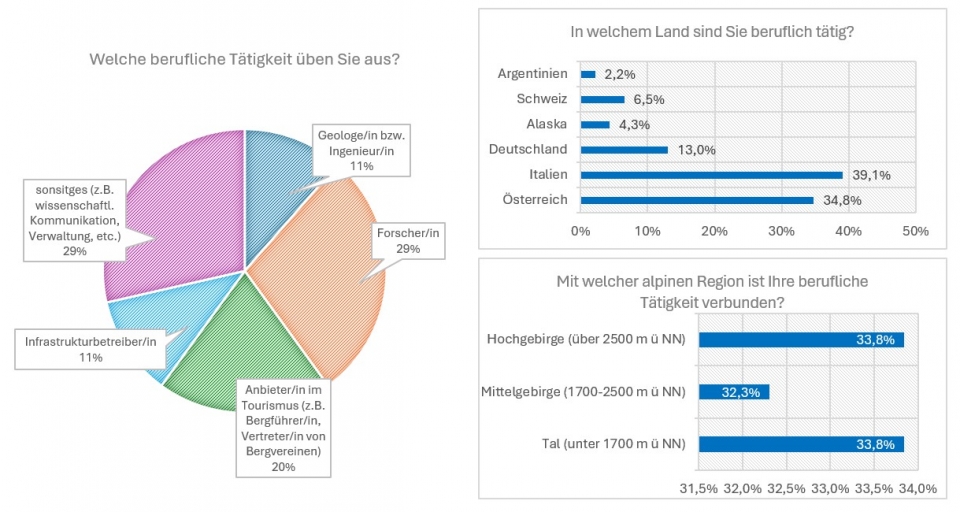
Fields of Work, Regional Distribution, and Involvement in Permafrost-Prone Alpine Areas.
2. Relevance of the Permafrost Topic in Professional Daily Work
More than half of the respondents indicated that the decline of permafrost has, or will have, a moderate to significant impact on their professional activities. Equally common was the response that they engage with the topic and its consequences professionally several times a year up to continuously. The need for knowledge was also clear: over half of the participants believe that a solid or in-depth understanding of permafrost processes would positively influence their work. This underscores the professional and societal relevance of engaging more intensively with the dynamics and impacts of permafrost degradation.
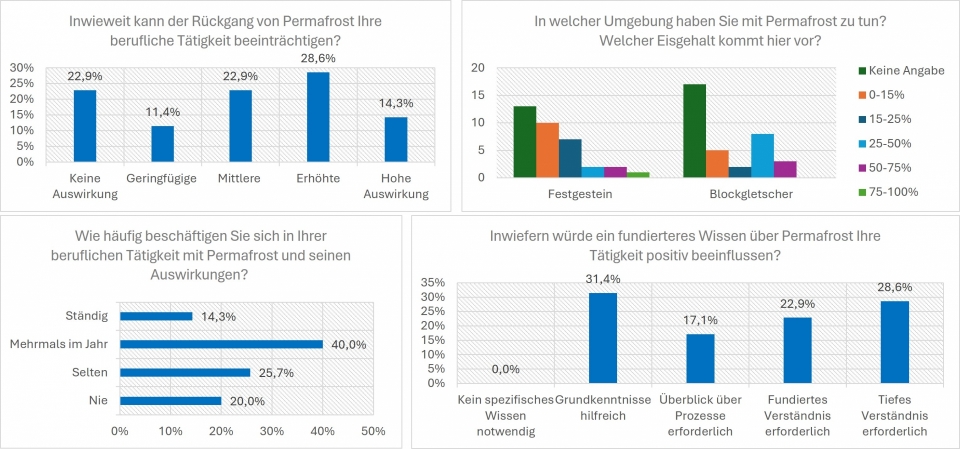
Permafrost Relevance at Work: Impact on Daily Tasks, Ice Presence, Interaction Frequency, and Need for Advanced Knowledge.
3. Observation, Impacts, and Action Options in Permafrost Regions
According to respondents, increased slope instability was identified as the most frequently observed consequence of permafrost degradation.
Damage to buildings as well as the need to relocate roads and (hiking) trails were also commonly reported. Less frequently observed effects included changes in the water cycle and damage to lift supports.
The most frequently monitored processes reflect these observations:
Slope movements and rockfall activities are the primary focus of monitoring efforts. Infrastructure damage and air temperature measurements are also commonly tracked. In contrast, geotechnical measurements—such as anchor forces—as well as observations of snow cover and rock temperatures are less widespread. According to the survey, ice content is rarely recorded.
In terms of the perceived importance of individual monitoring parameters, slope movement monitoring was considered particularly critical by participants.
This was followed by the monitoring of infrastructure damage and rockfall activities. Geotechnical parameters, ice content, and rock temperature were also regarded as important. Snow cover and air temperature, however, were assessed as less relevant.
When asked about suitable measures to address the challenges posed by permafrost degradation, observational approaches were rated as the most important.
Passive measures—such as the implementation of early warning systems—were clearly mentioned more frequently than active technical interventions aimed at stabilizing permafrost.
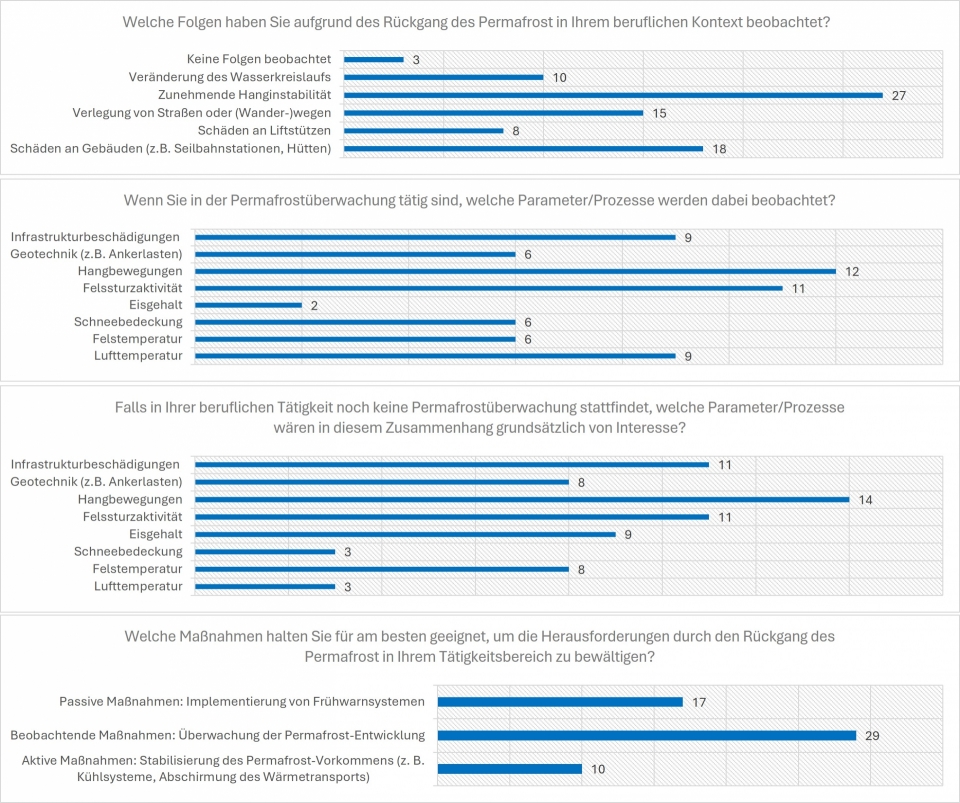
Observed Impacts of Permafrost Degradation, Monitored or Potentially Relevant Parameters and Processes, and Assessment of Suitable Measures to Address the Challenges of Thawing Permafrost.
Summary of the Key Aspects of the Survey
The survey results highlight that permafrost degradation has significant impacts on various professional fields in alpine regions. Experts from research, administration, tourism, and related sectors increasingly face risks such as slope instability, rockfall activity, and infrastructure damage. There is a strong demand for deeper knowledge about permafrost processes as well as a need for systematic monitoring and appropriate measures. Observational and passive strategies, such as early warning systems, are considered particularly effective. The findings underscore the importance of targeted knowledge transfer, transnational cooperation, and practical solution approaches for infrastructure operators in dealing with the consequences of permafrost degradation.

